Returning the Grimani sculpture collection to its dramatic 16th-century
setting feels like a dream, says Toto Bergamo Rossi, director of Venetian Heritage and co-curator of an exhibition that promises to revitalise Palazzo Grimani
When did you first think of returning Giovanni Grimani’s collection of antiquities to Palazzo Grimani?
I’ve known the palazzo since I was at university, more than 30 years ago. The state had bought the building in the early 1980s, and spent 17 or 18 years fixing it because it was in a very bad shape. When it opened to the public at the end of 2008, it had been well restored: the historical frescoes, the stucco work and the floors had been recuperated. But even if it’s a beautiful palazzo, it’s a museum of itself. There’s no collection, which means it doesn’t attract many visitors.
I’ve often thought about making casts of the Grimani collection or bringing the originals back to the palazzo. But it was never going to be easy, because they belong to another state museum. When Giovanni Grimani, patriarch of Aquileia, died in 1593, he left part of his collection, which had been housed in the Sala della Tribuna of Palazzo Grimani, to the Statuario della Repubblica. Vincenzo Scamozzi designed the vestibule to house the statues at the Biblioteca Marciana [on St Mark’s Square], probably following Grimani’s own ideas to some extent, and taking inspiration from their original setting at Palazzo Grimani. After Napoleon had conquered Venice, he closed the Biblioteca Marciana and removed all the statues to the Doge’s Palace. Some of them were returned in the early 20th century; and in the 1920s the archaeological museum in the Museo Correr was created, and parts of the Grimani collection were moved there.
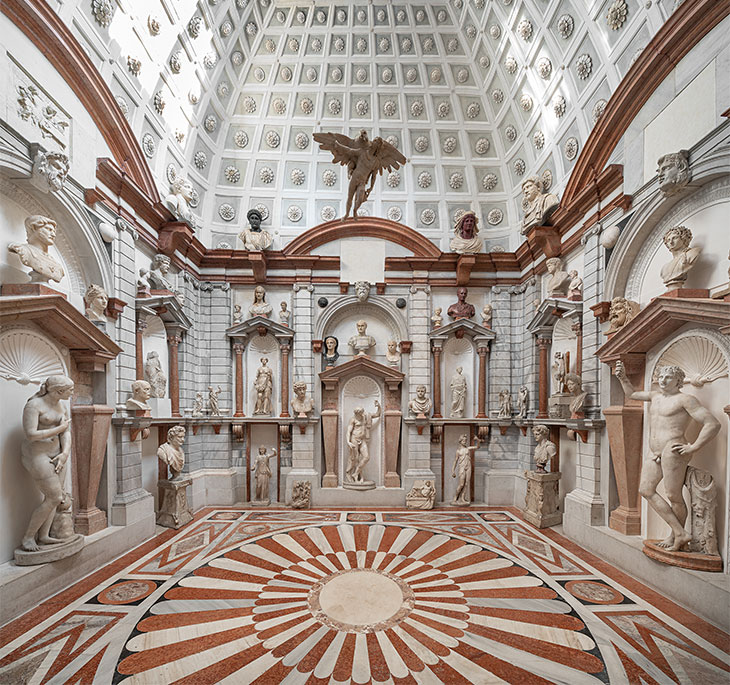
Installation view of ‘DOMUS GRIMANI 1594–2019’ in the Sala della Tribuna at Palazzo Grimani, Venice, 2019. Photo: Matteo De Fina. Courtesy Ministry of Cultural Heritage and Activities – Polo Museale del Veneto
Last May I discovered that the state had set aside funds to restore the roof and ceiling of the vestibule, and for that the room needed to be emptied. Since the sculptures were going to be placed in storage for two years, I thought it was worth trying to move them to Palazzo Grimani – where they had been until 420 years ago, and less than a kilometre away. I persuaded the relevant museum directors, including Daniele Ferrara, my co-curator and director of the Museum of Palazzo Grimani [and the Polo Museale di Venezia], raised the money for the project, and here we are. There will be almost 100 pieces on display – some restored for this exhibition.
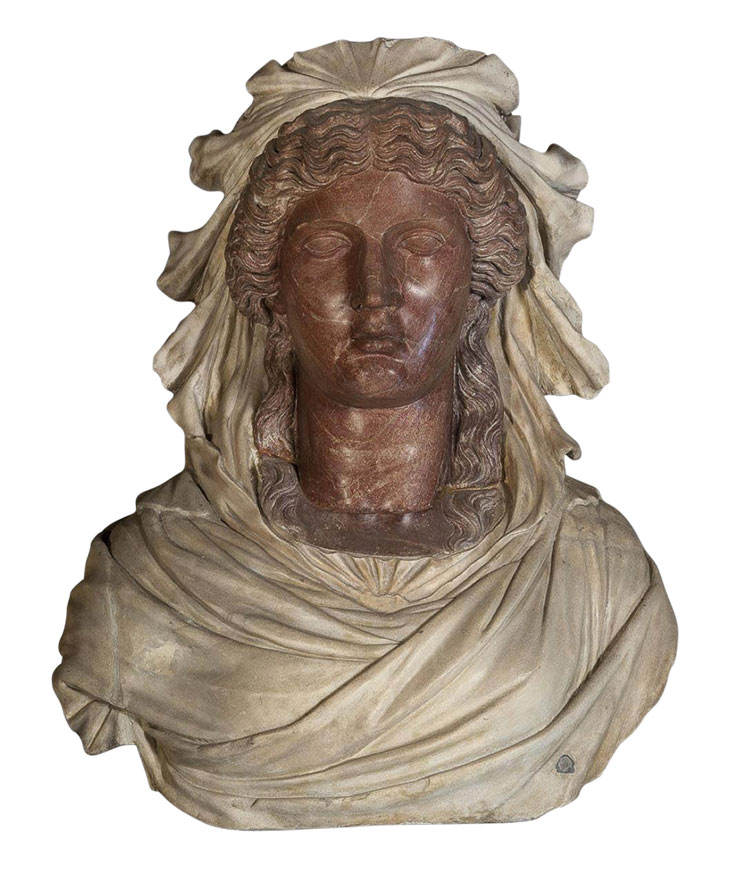
Bust of a woman (Roman copy (AD 117–138) of a Greek original (second half of 5th century BC), with 16th-century additions). Museo Archeologico Nazionale di Venezia. Courtesy Ministry of Cultural Heritage and Activities – Polo Museale del Veneto
What will visitors learn from seeing the sculptures installed at Palazzo Grimani that they might not have done at the Biblioteca Marciana?
It’s not just an exhibition dedicated to the collection of Giovanni Grimani; the palazzo is unique in the city, as it’s the only Renaissance Roman mannerist-inspired house in Venice. The experience of seeing a palazzo with its own collection will be quite unique, because such things don’t really exist in Venice, even in private hands. It will feel like a dream, seeing them in their original setting, in the niches and on the pedestals – returning them to that horror vacui of the mid 16th century.
The collection also included a lot of pietra dura objects, intagli, cameos, bronzes, and a library that included the Grimani Breviary – now the most important book in the Biblioteca Marciana. In the three rooms that lead to the Sala della Tribuna, we’re installing other objects such as bronzes and a big tapestry made by the Medici manufacture that’s coming out of storage at the Museo Correr – the cartoon of which is by Salviati, who worked on some of the rooms at Palazzo Grimani. There will also be an amazing 16th-century pietra dura table that was in the palace until 1829, one of a pair that ended up at Warwick Castle until 2015.
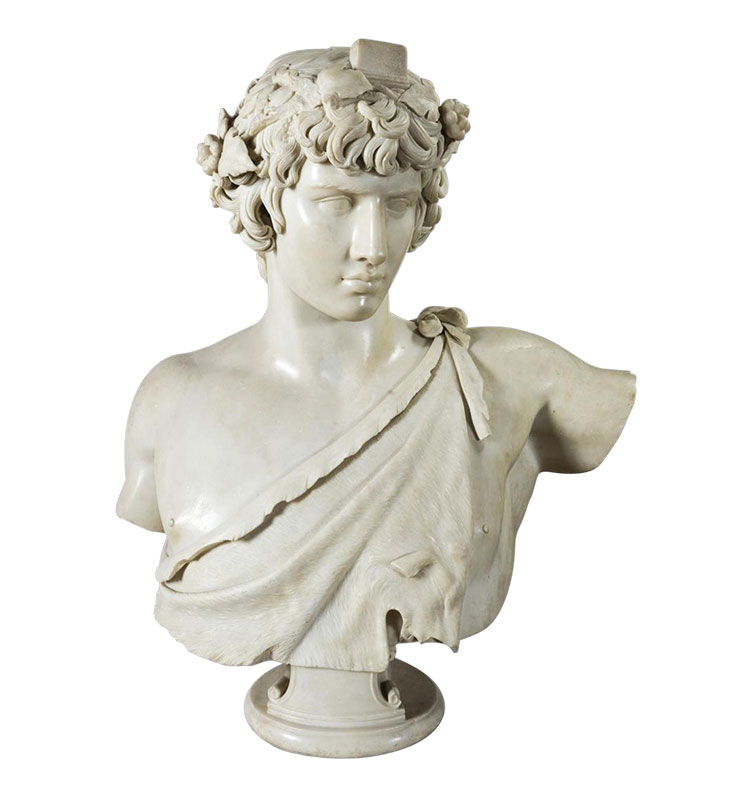
Bust of Antinous depicted as Dionysus (AD 130–38 with 16th-century additions). Museo Archeologico Nazionale di Venezia. Courtesy Ministry of Cultural Heritage and Activities – Polo Museale del Veneto
What distinguished Grimani’s collection from those of his contemporaries?
The family had economic interests in Rome, which is where their first antiquity was dug up by the first Grimani cardinal, Domenico, when they were building Palazzo Grimani on the site where Palazzo Barberini now stands. But because the family traded in the Adriatic, too, they had original Greek statues – and not only Roman copies after Greek originals. That makes it very special.
It will certainly be an opportunity to reconsider the significance of antiquity in Venetian history. In the 16th century, some of the pieces in the Grimani collection were restored by important contemporary sculptors such as Tullio Lombardo. Tiziano Aspetti even lived in Palazzo Grimani while he was fixing, restoring and making casts of the sculptures. You can trace the influence of the collection on the Venetian artists of the 16th century.
How significant is Palazzo Grimani to the story of Venetian architecture?
The house is quite unique in Venice. It has a large square courtyard surrounded by loggias, with niches for statues even on the ground floor. An artist who worked extensively in Rome – Giovanni da Udine – had a lot of involvement: it was the first time that white stucco work was used in Venice and that the mannerist style of fresco painting, with grotesques, came to the city.
The building shows the strong connection between the Grimani family and the power of Rome, where they dealt with popes such as Julius II and Paul III. It was very rare for a Venetian family to have those kind of ties with Rome, because Venice was far more secular as a society and very independent from the papal states.
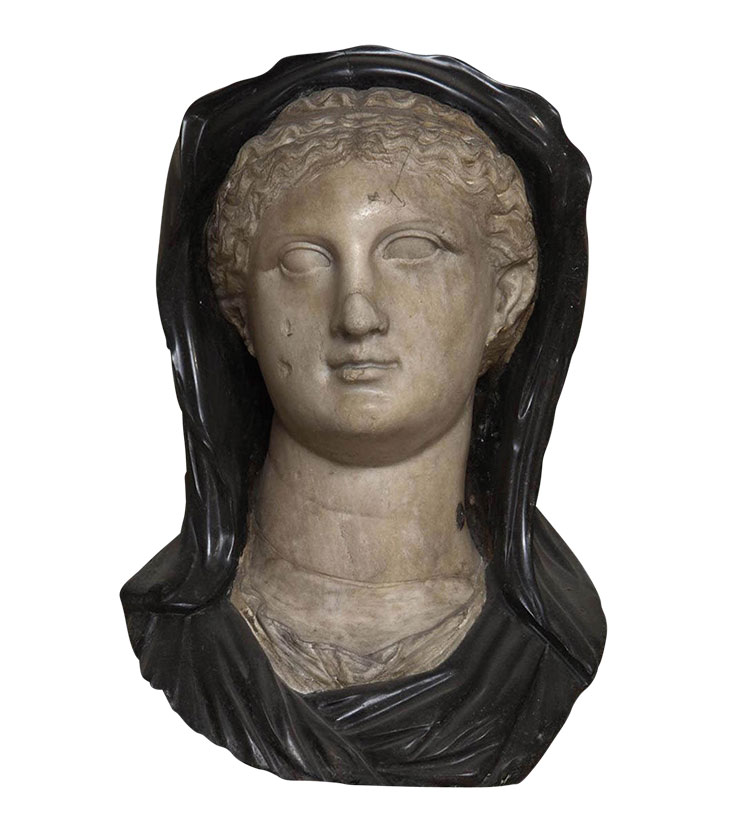
Portrait of a woman (Arsinoë II?) (probably early 1st century AD after a Hellenistic original, with 16th-century additions). Museo Archeologico Nazionale di Venezia Courtesy Ministry of Cultural Heritage and Activities – Polo Museale del Veneto
Do you think that the Biennale could do more to draw visitors’ attention to the historic fabric of Venice and the challenges of preserving it?
That’s what we’re trying to do with Venetian Heritage – to profit from an occasion when so many international visitors are in Venice to offer them something that’s more related to the city itself. The palazzo will display modern art at the same time: the second floor isn’t usually open to the public, even though it’s restored, so I proposed that the Helen Frankenthaler Foundation, in collaboration with Gagosian, rent the space for an exhibition [‘PITTURA/PANORAMA: Paintings by Helen Frankenthaler, 1952–1992’; 7 May–17 November]. She had strong links with Venice – she exhibited at the Biennale, was close to Peggy Guggenheim, and was drawn to the work of Titian.
It’s a fantastic combination, I think, and I hope it will revitalise the museum.
In the future perhaps the second floor will always be used for high-quality temporary exhibitions, which would help the museum financially, and there could be displays relating to Venetian art on the piano nobile – but not just on the usual suspects!
‘DOMUS GRIMANI 1594–2019: The collection of classical sculptures reassembled in its original setting after four centuries’ is at the Museum of Palazzo Grimani, Venice, from 7 May–30 May 2021.
From the May 2019 issue of Apollo. Preview and subscribe here.
Unlimited access from just $16 every 3 months
Subscribe to get unlimited and exclusive access to the top art stories, interviews and exhibition reviews.

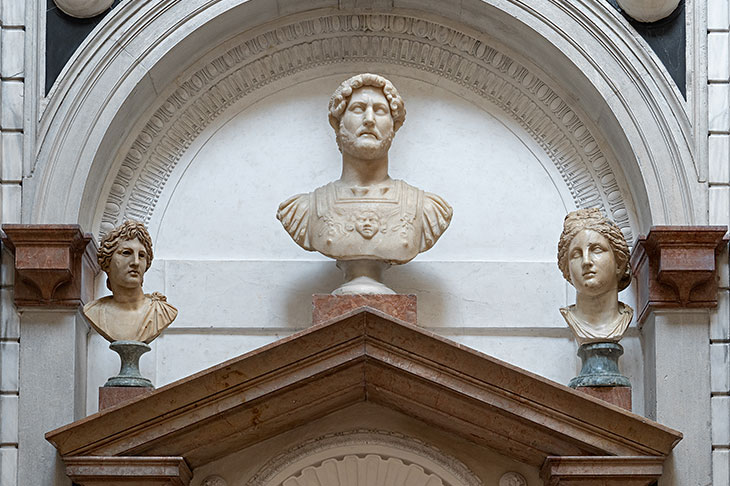
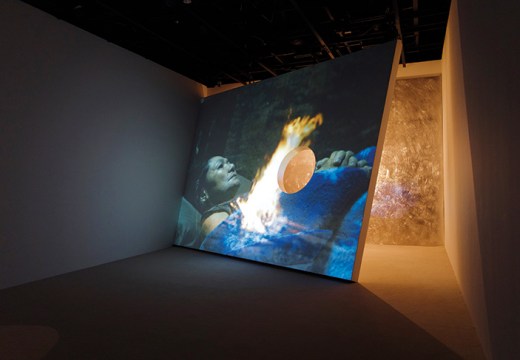
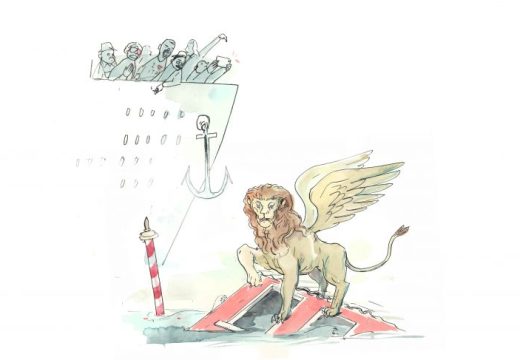
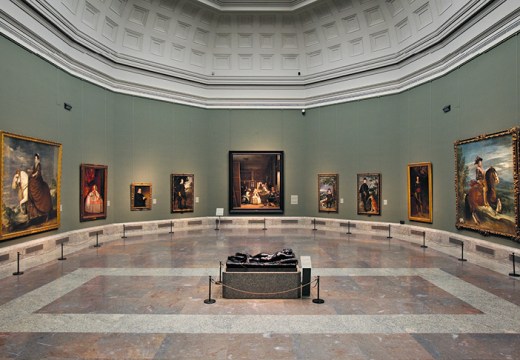









![Masterpiece [Re]discovery 2022. Photo: Ben Fisher Photography, courtesy of Masterpiece London](http://www.apollo-magazine.com/wp-content/uploads/2022/07/MPL2022_4263.jpg)
Has the Fitzwilliam got its rehang right?